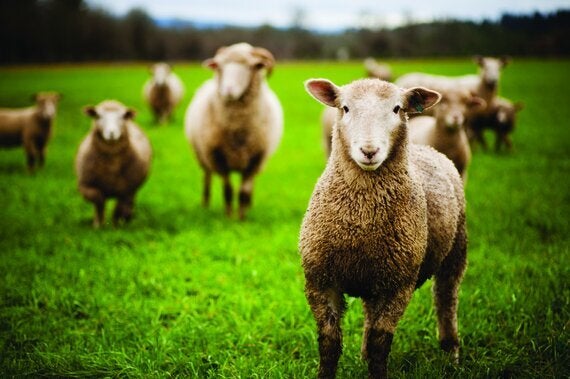This week marks fifteen years since foot and mouth disease swept across Britain in the first major outbreak for over 30 years.

On February 19th 2001, a vet carrying out a routine inspection at an abattoir in Essex found a suspected case of foot and mouth which was later confirmed. In a matter of days, the highly infectious disease had spread across the UK, creating a major agricultural crisis.
The virus, which causes painful blisters in the mouth and under the hooves, rarely affects humans, but as a 'notifiable disease' must be reported if found.
The scale and impact of the epidemic was unprecedented and led to the culling of millions of animals in the months that followed. I am sure many will remember the harrowing news footage that filled our TV screens of giant fires burning carcasses of affected cattle, pigs, sheep and goats.
Unfortunately by the time the source case was discovered, the premises had probably been infected for several weeks. Consequently, the disease was already wide spread when the first case was detected two days earlier. Once the first case was confirmed measures were put in place to prevent further transmission, including protection and surveillance zones, but unfortunately much of this came into effect too late.
In mid-April 2001, at the height of the crisis, up to 100,000 animals were slaughtered and disposed of each day in what was a massive and complex logistical operation. The epidemic lasted for 32 weeks, with the last case confirmed on 30th September in Cumbria. By the time the disease had been eradicated, more than six million animals had been slaughtered.
Sadly, the 2001 outbreak was not confined to the UK. Sheep exported to Ireland which were already infected with the disease, passed it to a calf at a livestock market. The calf was then exported to the Netherlands causing major outbreak in the country.
Never again should we respond to an outbreak of foot and mouth disease like we did in 2001 with a mass cull on this level. Instead, animals on affected farms should be slaughtered and animals on surrounding farms vaccinated. Routine foot and mouth vaccinations are not commercially viable for the industry as they render animals unsuitable for export for a six month period.
We should also remember the key role live animal transport played in spreading foot and mouth. It is clear that live export not only transports misery but also spreads disease.
The way forward should be vaccinating and ending the cruel live export trade to prevent the spread of this disease in the future. With the hard work of my organisation, Compassion in World Farming, I believe this can become a reality.
